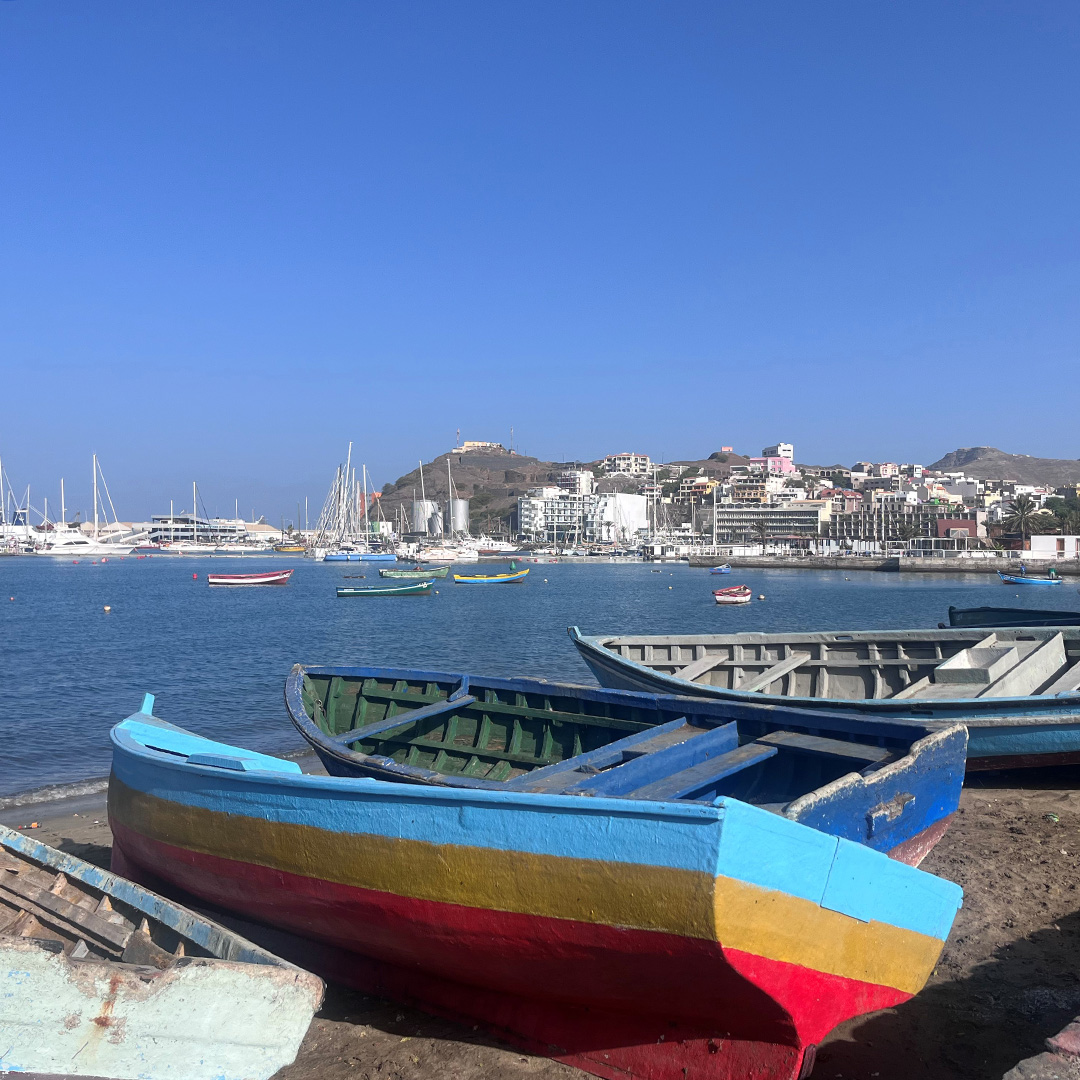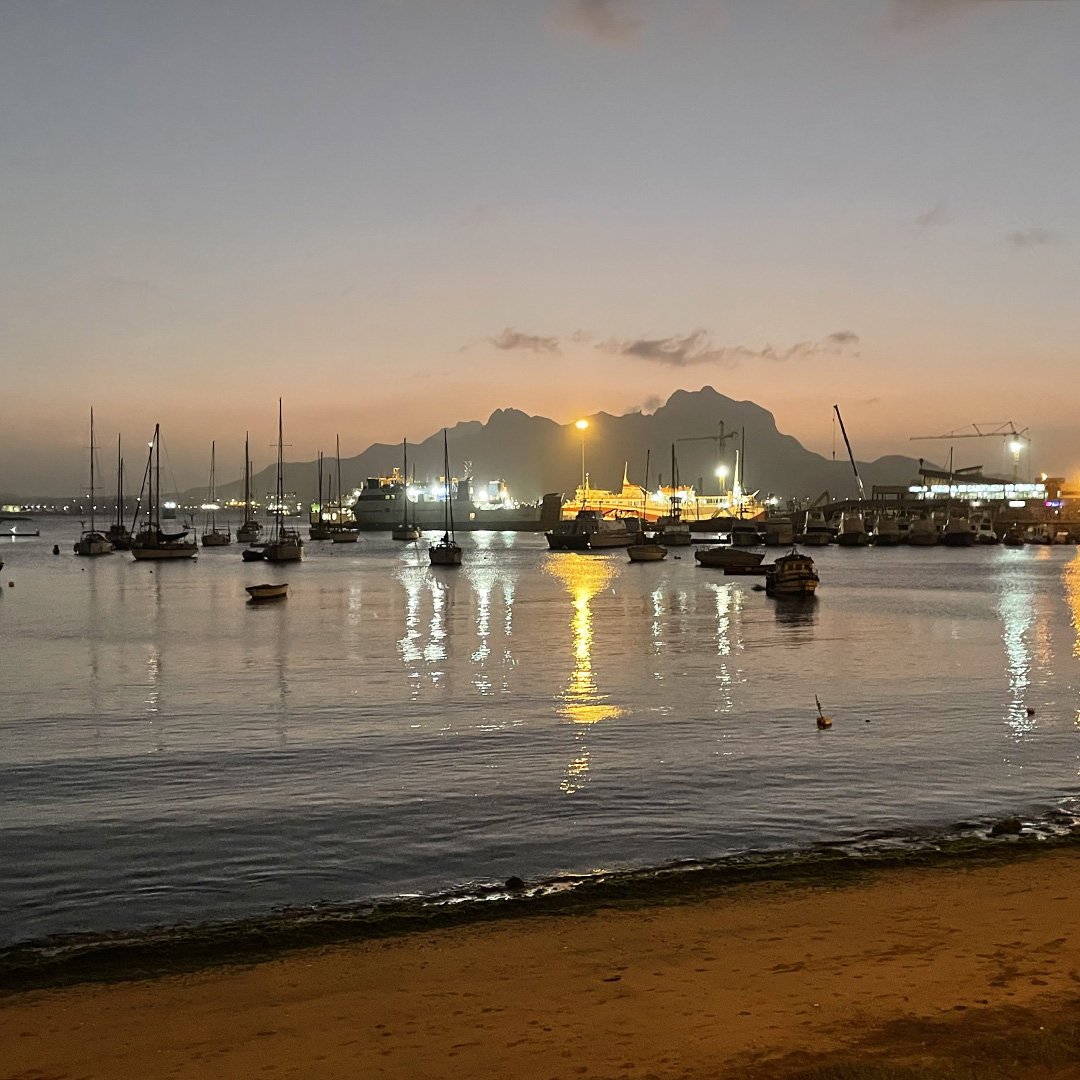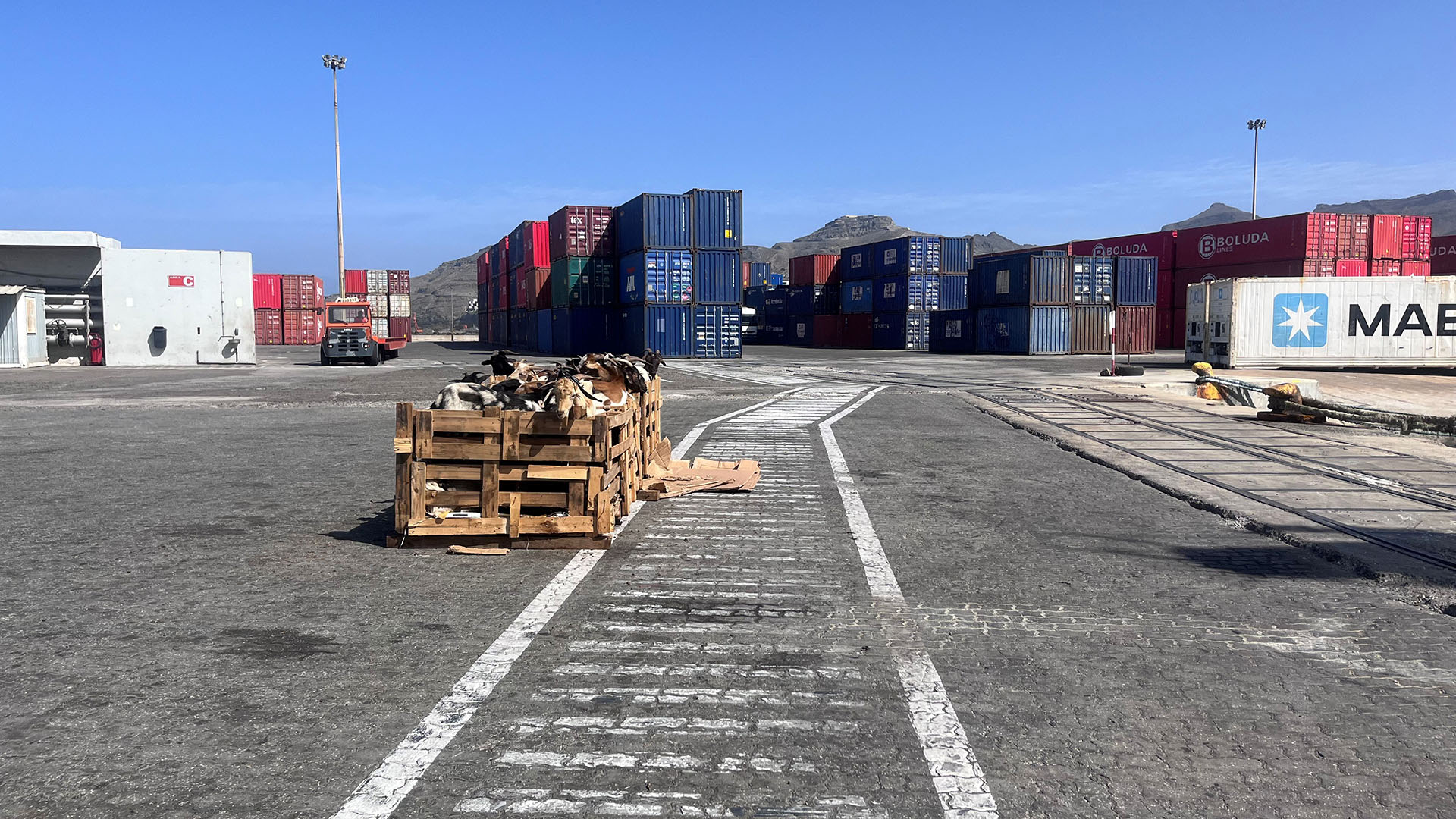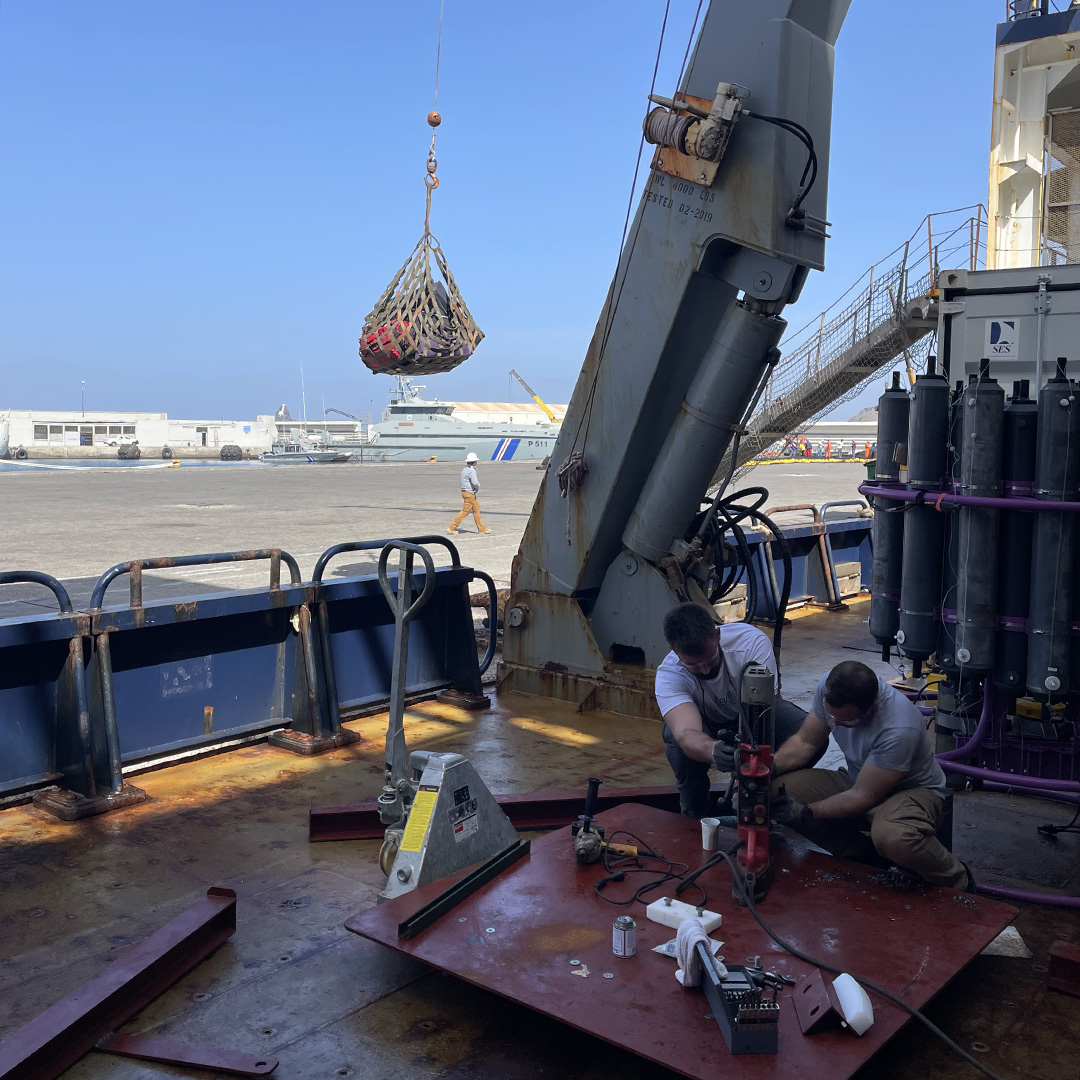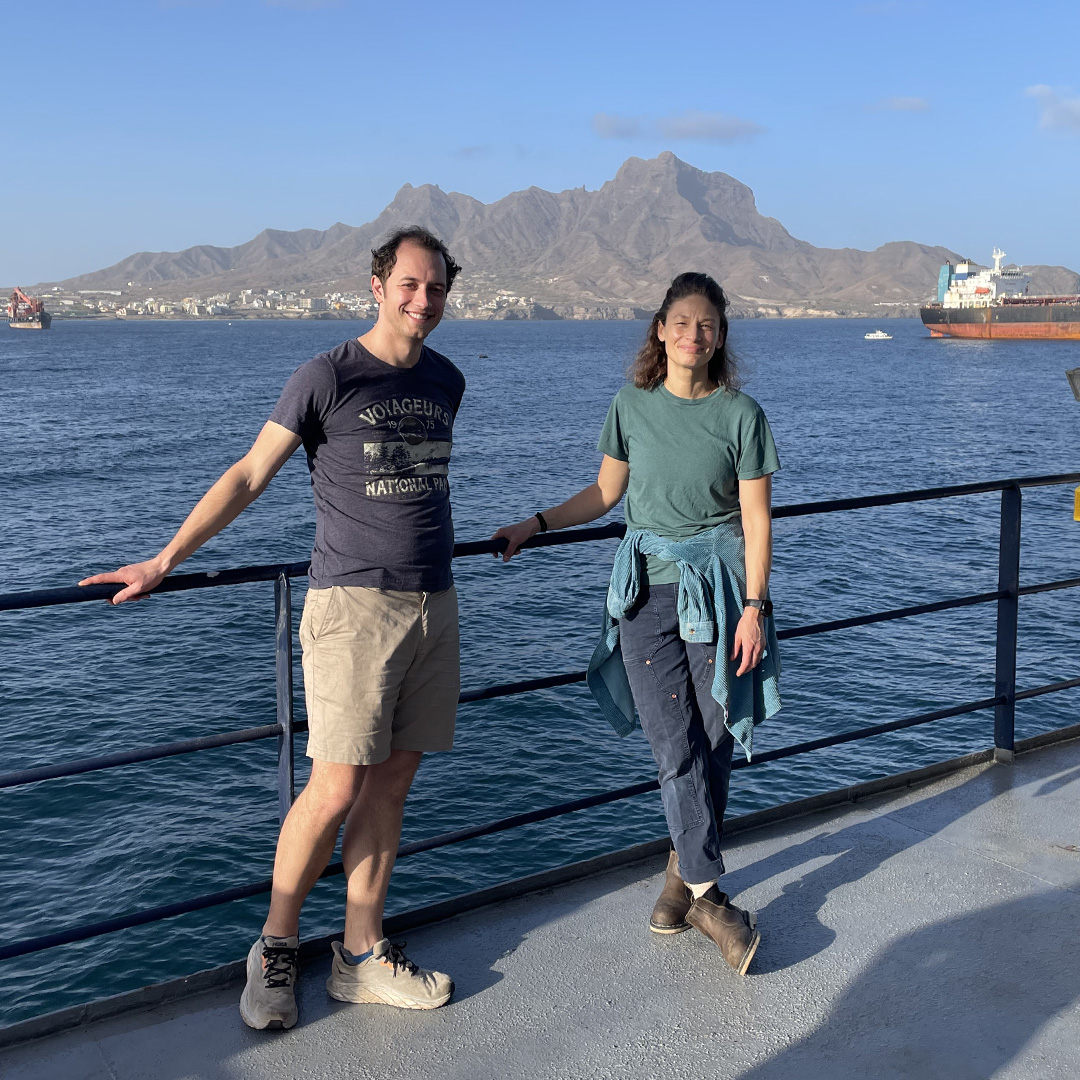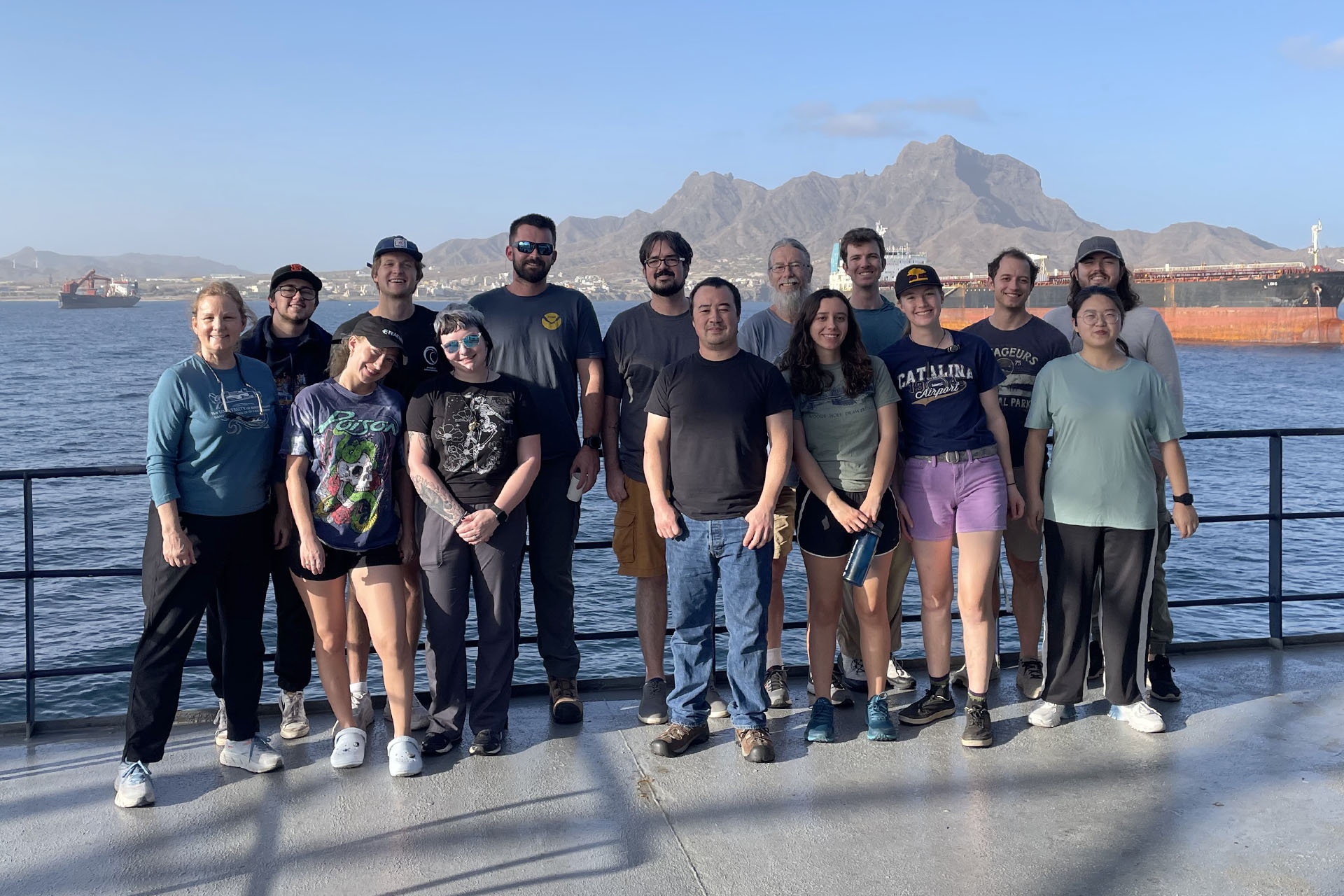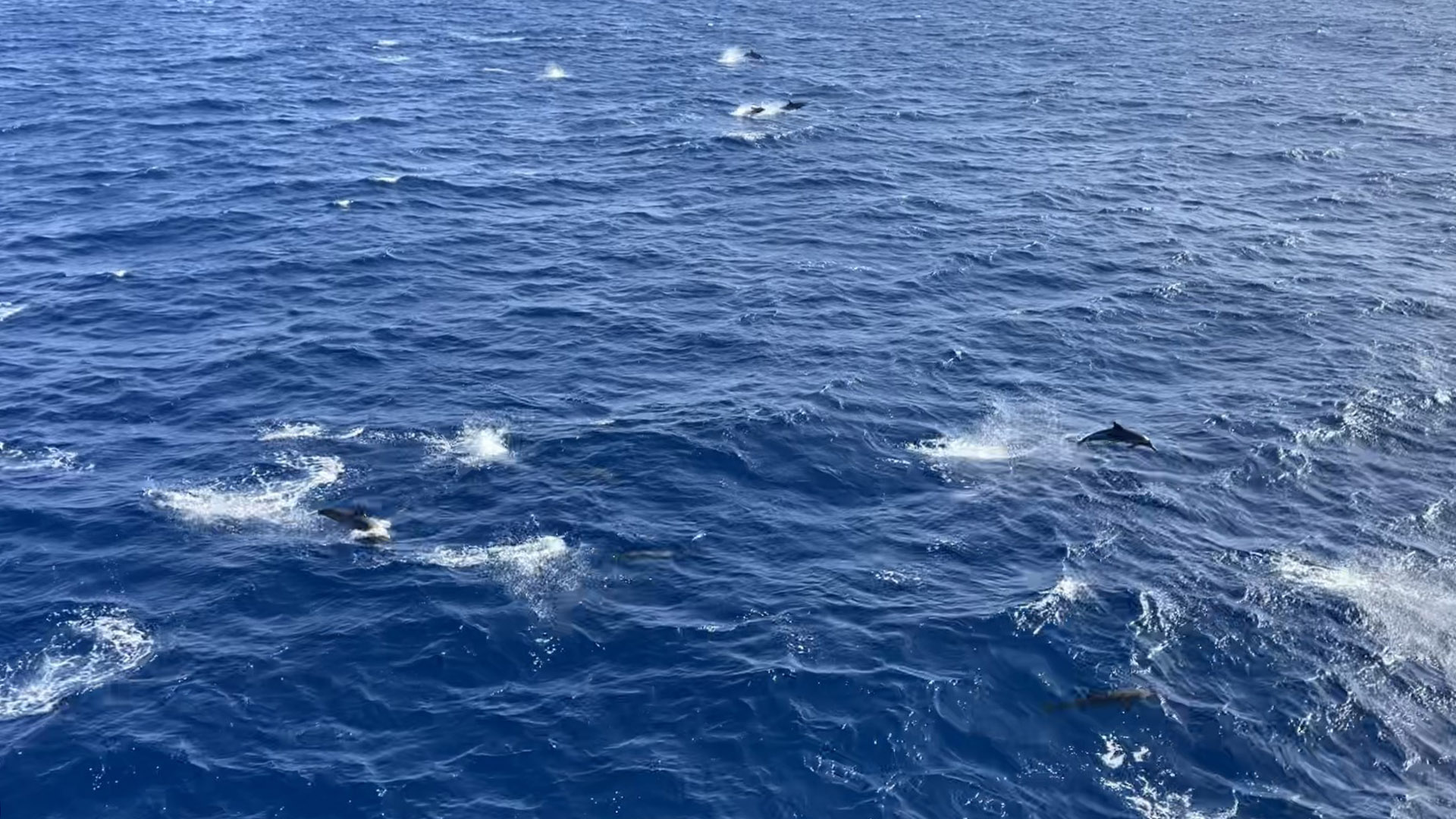GO-SHIP A13.5 Introduction
An introduction to the US GO-SHIP 2024 A13.5 Expedition aboard the R/V Marcus G. Langseth by Teresa Kennedy
1 February 2024
The R/V Marcus G. Langseth departed Mindelo, Cabo Verde today for a 52-day NOAA hydrographic cruise in the eastern south Atlantic Ocean as part of the international Global Ocean Ship-based Hydrographic Investigations Program (GO-SHIP; www.go-ship.org). The Langseth is a 235ft (71.6m), 3,834-gross ton research vessel operated for NSF by Columbia University’s Lamont-Doherty Earth Observatory (LDEO).
The 2024 GO-SHIP A13.5 cruise is one of many repeated globally with the goal of quantifying changes in ocean heat content, inorganic and organic carbon, oxygen, nutrients, and other natural and man-made tracers of ocean circulation. The A13.5 transect runs from Ghana to Bouvet Island and repeats decadal measurements taken in 1983/84, 1995, and 2010 to investigate temporal changes in physical and hydrographic conditions.
The Langseth arrived at Porto Grande, on the island of São Vicente, one of the northern most islands in the volcanic archipelago of Cape Verde, just two days earlier as the science team, led by Chief Scientist Zachary Erickson, Research Oceanographer at the National Oceanic and Atmospheric Administration’s Pacific Marine Environmental Laboratory (NOAA PMEL), and Co-Chief Scientist Jesse Anderson, Research Scientist at Earth and Space Research (ESR), eagerly watched the ship enter the port after its 2-week voyage from Norfolk, Virginia.
The A13.5 science team represents 14 different organizations: NOAA’s Pacific Marine Environmental Laboratory (PMEL) and Atlantic Oceanographic and Meteorological Laboratory (AOML); the University of Washington (UW); the University of Miami (UM); Earth and Space Research (ESR), Woods Hole Oceanographic Institution (WHOI); Texas A&M University (TAMU); the University of Delaware (UD); the University of California Santa Barbara (UCSB); the University of Minnesota Duluth (UMD); the University of Texas at Tyler (UT Tyler); the University of Rhode Island (URI); the University of Oslo (UiO); and the University of Abomey-Calavi Benin (UAC).
After the ship cleared customs, members of the science team spent the day unloading and setting up an array of scientific instruments and equipment. The short walk along the shores of Porto Grande Harbor from the hotel to the pier is truly picturesque. That evening, the team enjoyed dinner together at a wonderful restaurant with a breathtaking view of the Langseth.
The following day as we walked down the pier to the Langseth we saw massive amounts of shipping containers ready to be loaded onto other ships, including a crate full of goats patiently waiting to board their ship!
The crew of the Langseth used a crane to hoist our suitcases onto the deck of the vessel. While some of us began unpacking in our designated berths, others continued working on essential instrumentation, including the CTD rosette that will soon be deployed at 129 different stations along the A13.5 transect to learn about the physical, chemical, and biological water properties of the water columns sampled. Later blogs will document this important instrument in action and the work of different members of the science team!
The first night aboard the ship was a welcome relief after a flurry of preparations and anticipation. After a restful night’s sleep and a fantastic breakfast, the science team gathered at the muster station next to the bridge as the vessel departed Porto Grande to begin our transit to the A13.5 transect.
Shortly after the Langseth glided out of the harbor and into the open sea, a pod of dolphins appeared and gave us a spectacular show, which was an extra special send-off!
This A13.5 GO-SHIP transect is a NOAA-led cruise, funded by the NOAA Global Ocean Monitoring and Observing (GOMO) program as well as the National Science Foundation (NSF). The U.S. GO-SHIP program is a part of the broader international GO-SHIP effort, which is sponsored by, among others, the World Meteorological Organization (WMO), the Intergovernmental Oceanographic Commission of the United Nations Education, Scientific and Cultural Organization (IOC-UNESCO), the United Nations Environment Programme (UN Environment), and the International Science Council (ISC). Observations from the GO-SHIP program are crucial for understanding the Earth’s climate system, detecting changes, and informing climate research, policy, and decision-making on an international scale.
Check back in to learn more about the science taking place on board the R/V Marcus G. Langseth from GO-SHIP’s A13.5 science team as we will all be contributing to this blog series!
Teresa Kennedy, CTD Watchstander, 2/1/2024
University of Texas at Tyler; University of Rhode Island


